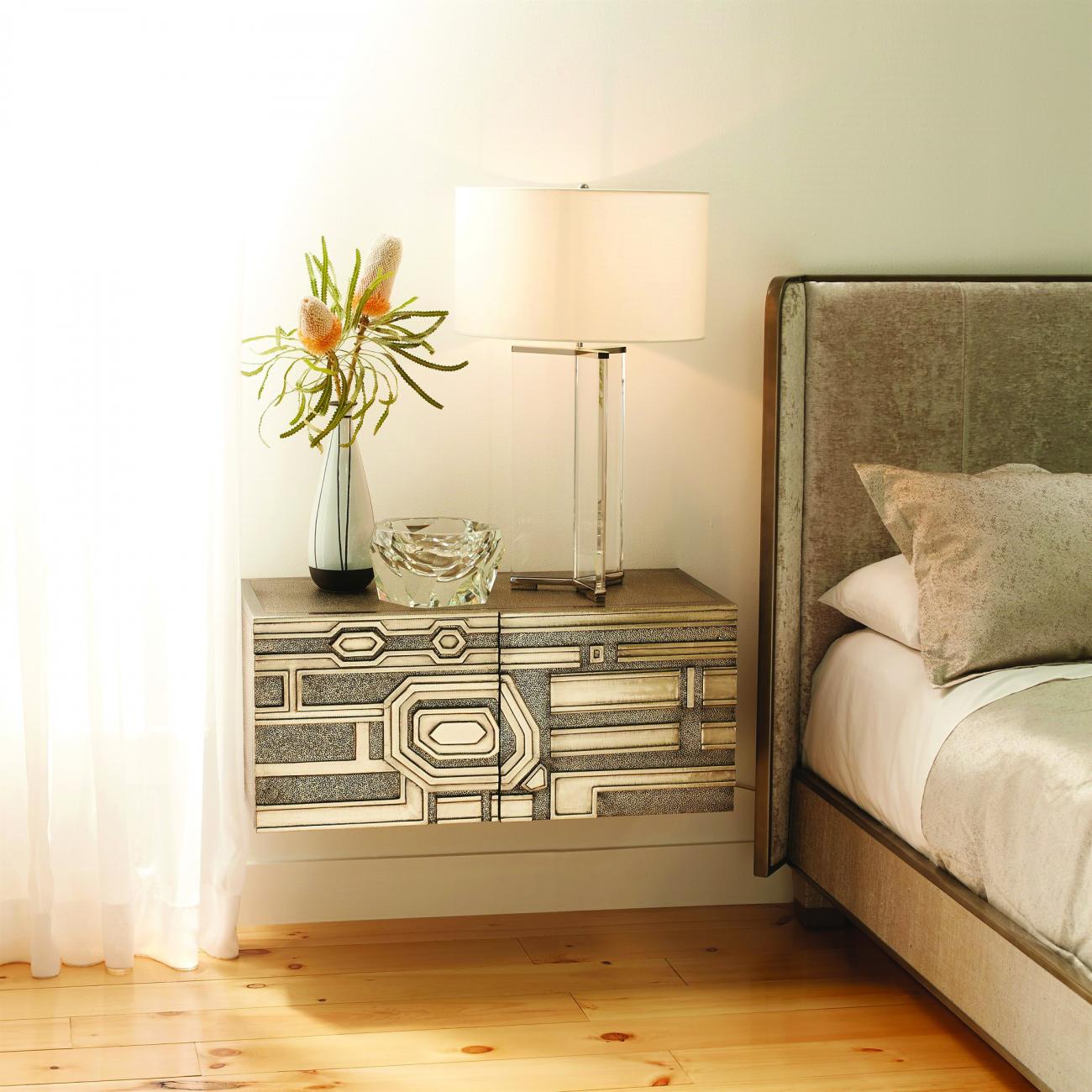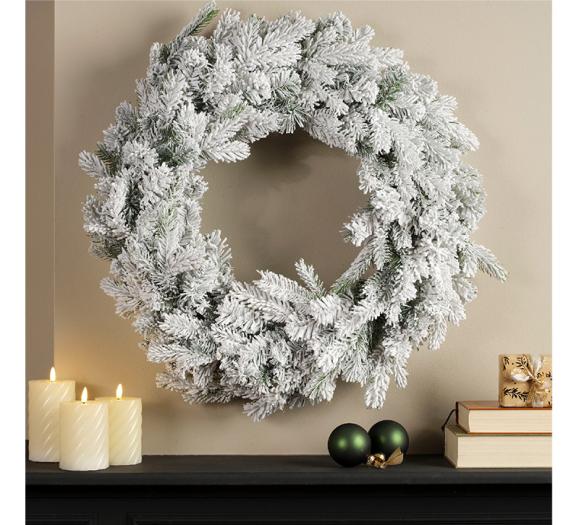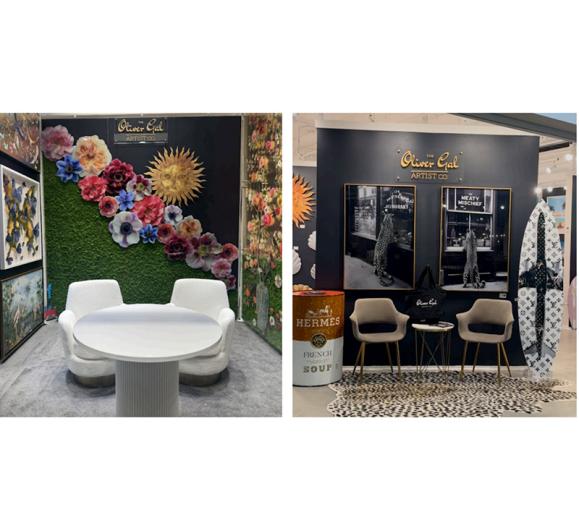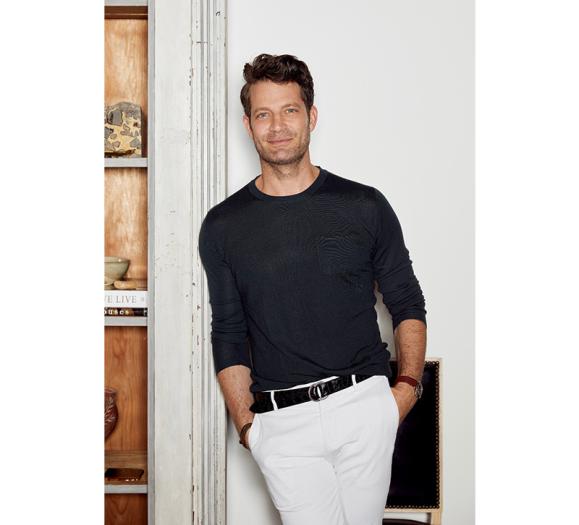Vacation rentals are ramping back up after a COVID lull, creating demand for spaces that exude personality without being personal. Airbnb and other online vacations rental programs like it, such as Vrbo, have seen rapid growth post-pandemic, delivering numbers that exceed those of 2019’s pre-COVID numbers.
According to Statista, the U.S. vacation rental industry’s total revenue was estimated to reach $13.3 billion in 2021. With a roughly 10 percent year-over-year vacation rental market growth rate, the industry will be close to $20 billion in 2025, and this hospitality category is already closing in on that number. Revenue is projected to reach $17.66 billion this year alone. Currently the number of people expected to book a vacation rental outside of the hotel industry is expected to reach 62.9 million by 2026, with 80 percent of that revenue being generated through online sales.
The uptick and rapid growth of vacation rentals post-COVID opens up opportunities in this end of the design and home furnishings ecosystem. Designers and home furnishings retailers can deliver the accessories and furnishings designed to add the right appeal that draws people to rentals they’d want to book again and again. Considering that one in five people are anticipated to stay in a vacation rental by 2025 — in 2021 that number was one in eight — designing or promoting home furnishings for these spaces can be lucrative.
Why Vacation Rentals?
According to an Airbnb study, the top reason people book a vacation rental is to have access to a kitchen, say 64 percent of respondents. Privacy comes in as a second reason for choosing vacation rentals, with 49 percent of respondents sharing they feel that this type of rental is more private than a hotel room.
In many cases, extra space or a unique experience are also top reasons to book a vacation rental rather than a hotel. The average hotel room is approximately 325 square feet, while the average vacation rental spans more than 1,300 square feet. It offers an opportunity to spread out and relax on vacation as well as offering an option to include more people at a potentially lower cost.
Where better to apply resimercial practices than in spaces designed for catering to different tastes and quick turnaround? The key to successful style in a rental space is creating a clean and dramatic design while delivering spaces vacationers can picture themselves at home in, not feeling like visitors in someone else’s home. Choosing colors, high-performance furnishings and surfaces, as well as accessories, art and more can create that optimal vacation rental space. While the capability to deliver on the design may not be an easy task for the rental’s owner as he/she may not recognize what constitutes good design or the personal touches they might incorporate in their spaces, designers are better equipped to deliver on an approach that checks all the boxes.
Booking Online
To create excitement, particularly as potential bookers are doing most of their research online, it’s wise to provide decor that dovetails with a region or a specific type of consumer, if that’s a prerequisite for the rental’s owner. Some owners, for example, may prefer to cater to an older customer while others may be excited to deliver a space that attracts the Millennial consumer. Taking the target guest further, if you’re designing for guests who will be working while visiting, they might appreciate a comfortable working desk, while travelers with pets and children will value a well-organized outdoor area more, as well as performance surfaces that will keep the space clean.
Considering regionality — a coastal design vibe at a lake or oceanfront property, for example — would make sense, where a rental in a city or mountainous region might benefit from a modern or rustic style, respectively. For the design industry, this type of staging can be a lucrative career path or side hustle, as it usually doesn’t require moving walls or bigger transitions, such as kitchen renovations that can take months. It can also offer up a sense of creative freedom as designing a space to create a mood wouldn’t incorporate the personality of the client.
While a neutral base may be a safe bet for aligning with a wide range of vacationing tastes as well, it’s important to remember that first impressions for a vacation rental take place online. Bold accents or decor elements that photograph well could make the difference for those searching for a space to call home for a few days, a week or more.
Considered Design
According to IGMS, modern travelers are becoming more discerning and spoiled with choice. Unappealing and impractical interior vacation rental design can affect occupancy rates and, consequently, the return on investment for hosts. Alternately, a well-thought-out, attractive design can drive more bookings. In addition to identifying your target guest and adhering to the vacation rental’s regionality, there are some key areas to pay attention to when designing for this segment.
See if the host you are working with would like to turn their property into something extraordinary, allowing you to opt for a relevant themed design. This approach can also work well in a saturated market to help that rental stand out. Even if a particular market is not that crowded, the host might want to opt for this interior design approach as the demand for unique properties is increasing. According to Airbnb, unique stays are trending up to an extent where they are surpassing more traditional options in searches.
Worried that the Airbnb host you’ve contracted with might have a limited budget? Consider affordable ways to create beautiful interiors, because even properties that don’t offer the best location can still feel like a first-class rental simply by implementing smart styling strategies. Explain to them, however, how better quality pieces can extend the life of the rental’s design.
Getting to know you. While keeping the host’s personal life out of a rental property, personal touches that tell a story about that host and location tend to be more popular among guests, according to IGMS. You can achieve this effect by adding a few fun items such as a small figurine or local ceramics that spark interest and intrigue without making guests feel as though they are living in that host’s home. However, keep clutter to a minimum to make the rental feel spacious and avoid breakage of accessories.
Choose durable, high-quality furnishings. Hosts often forget that what works fine for them at home will not impress guests. And as a rental will attract significantly more traffic, durable, high-performance furniture will be more economical in the long run. It will look better over time and save the host a fair amount of money as they won’t have to be constantly replacing furnishings.
Opt for eclectic. To create a listing that arouses interest, opt for a mixture of statement furniture pieces and unique second-hand pieces. A furniture suit, for example, might lack the creativity that delivers an experience or a design that tells an intriguing story.
Add those bold accents. Adding bold accents — from wall color to wallpaper and more — can enhance a property’s look. Paint a front door a saturated blue or red, for example. It is a relatively inexpensive way to make a property stand out (plus, it makes it easier to find). If the door isn’t an option, paint one interior wall in an accent color or paint an unexpected color around the window frames. You can also include large art statement pieces or install unique lighting. Bold accents will help online listings attract more views.
Adhering to good design principles can take a vacation rental from boring to exceptional, especially when that space resonates with the desired target guest. If finding clients in this category proves challenging, there are other options available to both designers and retailers looking to gain a foothold in this lucrative market segment. Consider offering courses on good design to those hosts who could use your help creating an environment that will have them fully booked all year long.







